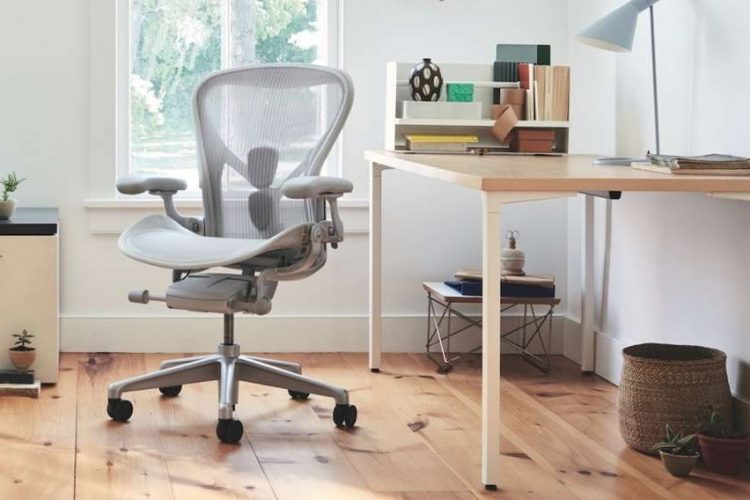Of all the items of commercial furniture that a business buys, it is office chairs that require the most thought. You should certainly take time to choose desks, tables, and workstations, but it is office chairs that require the most consideration for one extremely important reason; office chairs will influence the comfort and well-being of those sitting in them the most.
If you take an office desk for example, whilst it will need to be functional, at the right height, and being good order, an employee working at a desk is not going to be in contact with it much, other than occasionally resting their elbows. However, that same employee could be sitting in their office chair for several hours each day, and so it must provide them with support, comfort, and ease of use throughout that time.
This is why those tasked with purchasing office chairs for a business must do so with due care and attention, plus they also need to have reasonable knowledge of the types of office chairs available and their numerous features. To that end, we have prepared a brief but essential guide to buying office chairs which we hope aids in making that choice.
3 Main Types Of Office Chair
Below we have outlined details of the three main types of office chairs you will likely come across. Note we have excluded large, executive chairs, which we would place in a different category to the normal office chairs used by most employees.
- Fixed Office Chairs
As the name suggests, these chairs do not move or swivel. They tend to come fully assembled and are designed for occasional use of up to 2 hours. They are most suited for meetings and reception areas rather than for employees working at desks, for example.
- Standard Swivel Office Chairs
These may require some degree of assembly. They normally have wheels to move them easily across the floor. Also have tilt and swivel movements, padded seat and back, and possibly adjustable arms. Can be used for several hours, although the recommendation is usually 4 hours maximum per session.
- Ergonomic Office Chairs
Designed for long periods of working of more than 4 hours. Tend to be designed for specific builds and heights, although there is some degree of adjustment in each chair. The concept is that the chair provides maximum comfort based on the chair’s touch points with the body, especially the back and arms.
Office Chair Features To Consider
These are the main features of office chairs that you will need to compare and assess before purchasing.
- Seat Height: Getting this right is crucial for comfort and avoiding aches and pains. Must be adjustable unless an adjustable desk is used. The height setting should allow feet to sit flat on the floor without the thighs feeling compressed.
- Seat Depth: This is the measurement from the front to the back of the seat that, ideally, should be adjustable. Users should be able to sit with their back against the backrest without the front of the seat pressing on their knees.
- Lumbar Support/Backrest: The size and the shape of this should be appropriate so that it properly supports the upper and middle back of those using the chair. The better office chairs have adjustable lumber support or backrests.
- Backrest Tilt: Not found on all office chairs, but those that do have it provide additional support and allow users to adopt different postures such as sitting upright, or leaning back. This can also promote better breathing.
- Armrests: Important for supporting the weight of the arms. Some have fixed heights, but the best office chairs have adjustable armrests which can be used to alter the height, distance apart, and angle.
- Swivel: Swivel action allows users to reach parts of their desks easily. Without this, they may have to otherwise stretch and twist to reach which does not promote a healthy back.
- Seat/Back Surfaces: These can vary greatly but the rule of thumb is they should be firm enough to give support, but also soft enough to provide comfort and not create pressure points on the body.

